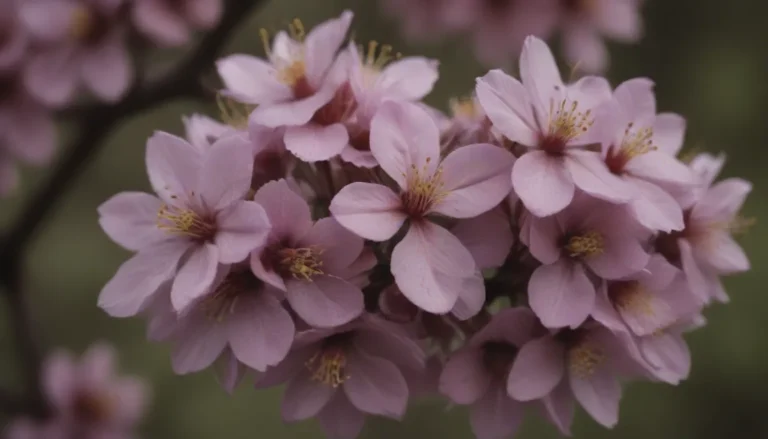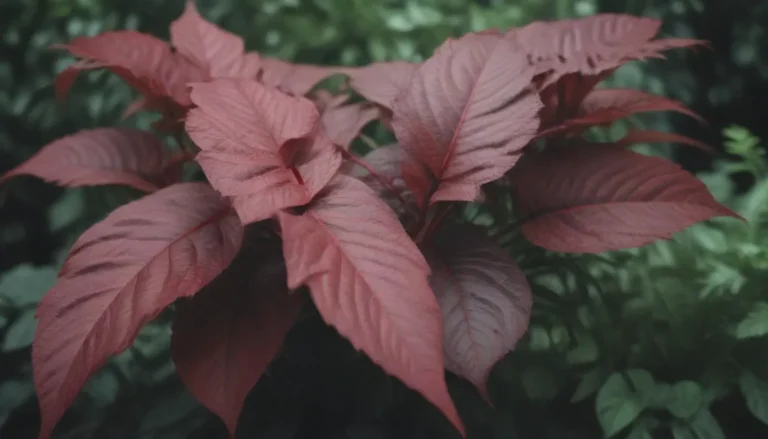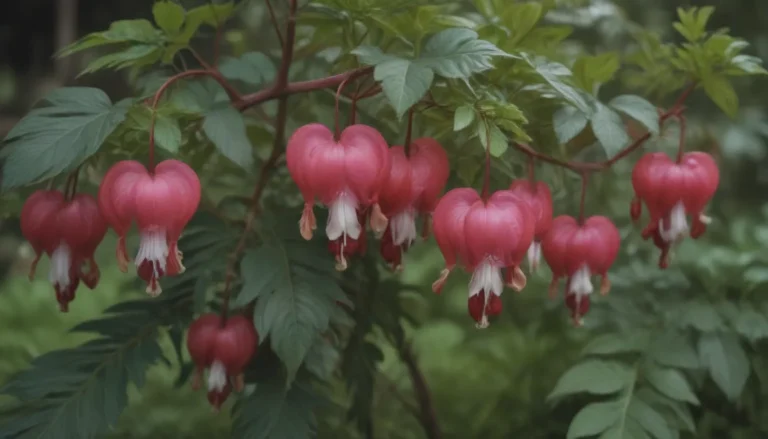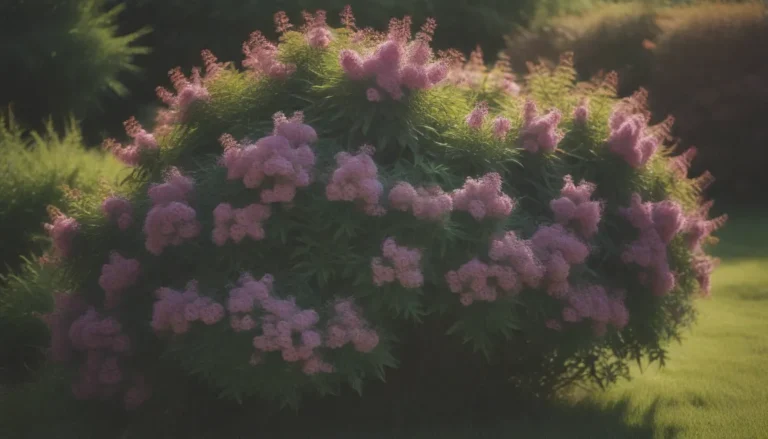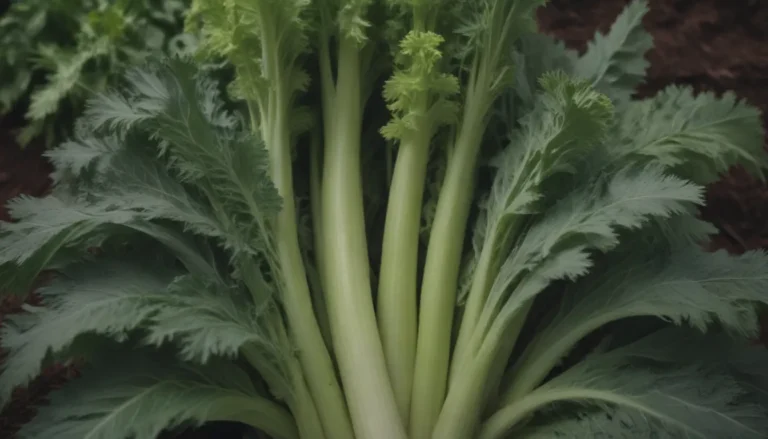How to Grow and Care for Weeping Cherry Trees: Your Complete Guide
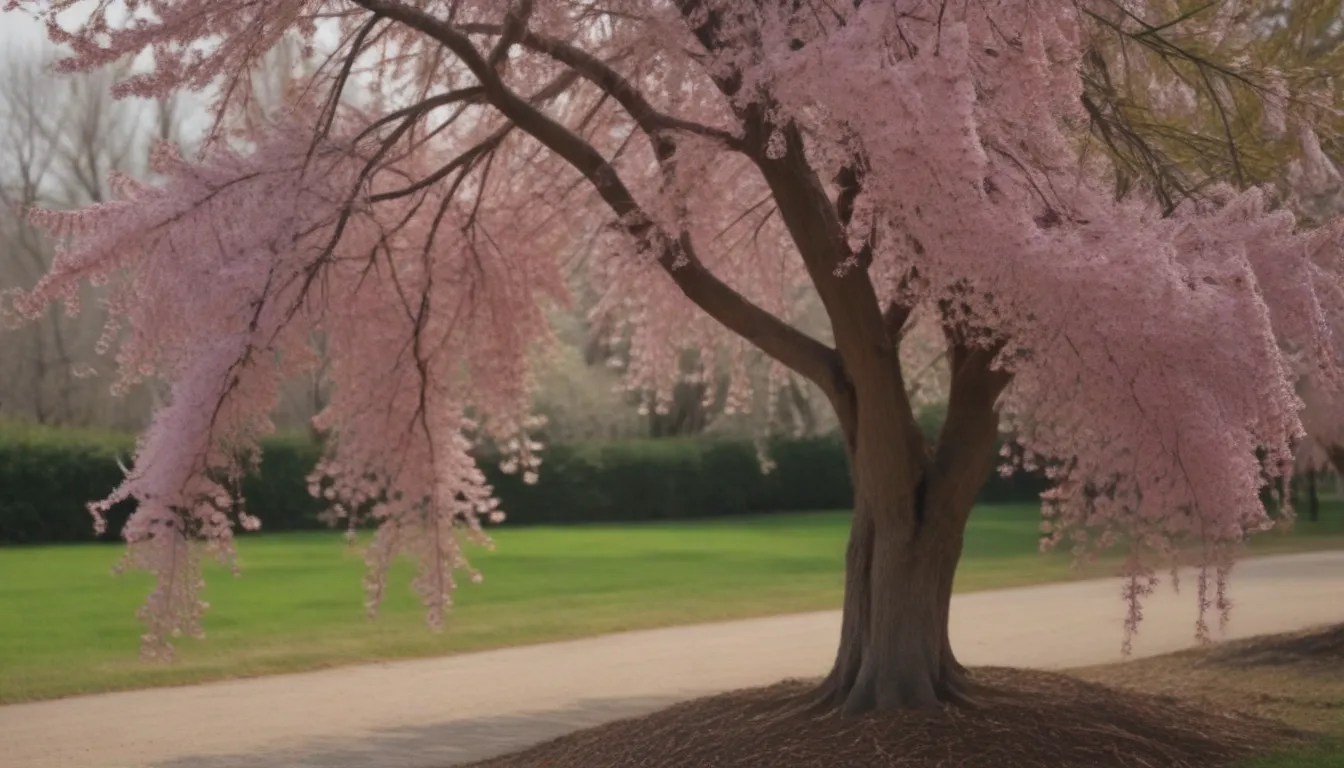
Weeping cherry trees, also known as “weeping Higan cherry,” are a stunning addition to any landscape. These trees are prized for their beautiful flowers in the spring and their unique cascading form year-round. If you are considering adding a weeping cherry tree to your yard, it’s essential to understand how to properly care for this ornamental tree to ensure it thrives for years to come.
In this comprehensive guide, we will cover everything you need to know about growing and caring for weeping cherry trees, including ideal growing conditions, pruning tips, common problems, and more. Whether you are a seasoned gardener looking to add a new specimen to your collection or a beginner eager to learn, this article will provide you with valuable information to help you successfully cultivate and maintain your weeping cherry tree.
What is a Weeping Cherry Tree?
Before we delve into the care and maintenance of weeping cherry trees, let’s take a closer look at what makes these trees so unique. The weeping cherry tree, scientifically known as Prunus pendula, is a cultivar that features cascading branches and delicate pink flowers. While it is often confused with traditional cherry trees that produce edible fruit, weeping cherry trees are purely ornamental and prized for their aesthetic appeal.
The two popular cultivars of weeping cherry trees are ‘Pendula Rosea,’ which bears single pink flowers, and ‘Pendula Plena Rosea,’ which features double pink flowers. These trees belong to the Prunus genus, which is part of the Rose family, making them relatives of other well-known landscape plants such as Cotoneaster, Crataegus, and Physocarpus.
Ideal Growing Conditions for Weeping Cherry Trees
To ensure your weeping cherry tree thrives and produces beautiful blooms, it’s crucial to provide it with the right growing conditions. Here are some essential factors to consider when planting and caring for a weeping cherry tree:
Light:
- Plant weeping cherry trees in full sun to encourage abundant blooms and discourage fungal diseases.
- The sun filtering through the pink blossoms adds a touch of beauty to your garden.
Soil:
- Provide your tree with well-drained, fertile soil. Weeping cherries prefer garden loam that drains well and dislike soggy conditions.
- Amend the soil to prevent root rot and ensure optimal growing conditions for your tree.
Water:
- Keep the soil around your weeping cherry tree evenly moist during the growing season. Avoid letting the roots sit in soggy soil, as this can lead to root rot.
- While the water needs of weeping cherry trees are average, consistent moisture is crucial for healthy growth.
Temperature and Humidity:
- Weeping cherry trees are best suited to moderate temperatures and do not thrive in extreme cold or heat. They fare better in climates with milder conditions.
- These trees tolerate cold and heat better than other ornamental cherry trees but may struggle in regions with extreme weather.
Fertilizer:
- Feed your weeping cherry tree annually with a complete fertilizer in early spring to promote healthy growth and blooming.
- Follow the instructions on the fertilizer label carefully, as the amount to apply varies based on the tree’s size. Over-fertilizing can harm your tree.
By providing your weeping cherry tree with the right growing conditions, you can ensure that it remains healthy and vibrant year after year.
Caring for Weeping Cherry Trees
Weeping cherry trees are relatively low-maintenance trees, but they do require some care to thrive. Here are essential tips for caring for your weeping cherry tree:
Pruning:
- Weeping cherry trees are typically the result of a graft, with the weeping part (scion) grafted onto a rootstock.
- Remove any shoots growing from the rootstock immediately to prevent them from diverting energy away from the main tree.
- Prune dead branches and selectively prune after flowering to improve airflow and prevent fungal diseases.
Propagating:
- Due to the grafting process, taking cuttings from a weeping cherry tree’s scion or rootstock for propagation will not produce another weeping cherry tree.
- Grafted trees combine the best qualities of both scion and rootstock, creating a superior tree. Propagating from separate parts will not yield the desired results.
Overwintering:
- Weeping cherry trees are reasonably cold-hardy and require minimal care to overwinter in zones no colder than zone 5.
- Ensure your tree is well-watered and protected from harsh winter conditions to promote healthy growth in the spring.
By following these care tips, you can keep your weeping cherry tree healthy and thriving for years to come.
Common Problems with Weeping Cherry Trees
Like all plants, weeping cherry trees are susceptible to pests and diseases that can affect their health and appearance. Here are some common issues you may encounter with your weeping cherry tree:
Borers:
- Weeping cherry trees are prone to infestations of borers, both adult and larval.
- Signs of a borer infestation include sap leaking from the trunk. Severe infestations can be fatal and may require tree removal.
- Healthy trees can survive minor infestations with proper care and maintenance.
Powdery Mildew Disease:
- Weeping cherry trees can be affected by powdery mildew, a fungal disease that can impact the tree’s appearance.
- Take preventive measures to combat powdery mildew, such as improving air circulation and using fungicides if necessary.
- While powdery mildew does not usually harm the tree, it can detract from its visual appeal.
By staying vigilant and promptly addressing any pest or disease issues, you can help your weeping cherry tree remain healthy and beautiful.
In Conclusion
Weeping cherry trees are a stunning addition to any landscape, with their graceful form and delicate pink blossoms. By providing these trees with the right growing conditions, proper care, and attention, you can enjoy their beauty for years to come. Whether you are an experienced gardener or a novice enthusiast, growing and caring for weeping cherry trees is a rewarding experience that will enhance your outdoor space.
Remember to plant your weeping cherry tree in full sun, provide it with well-draining soil, and keep it adequately watered and fertilized. Regular pruning and monitoring for pests and diseases are also essential to ensure the tree’s health and longevity. With proper care and attention, your weeping cherry tree will be a focal point in your garden and delight you with its beauty season after season.
